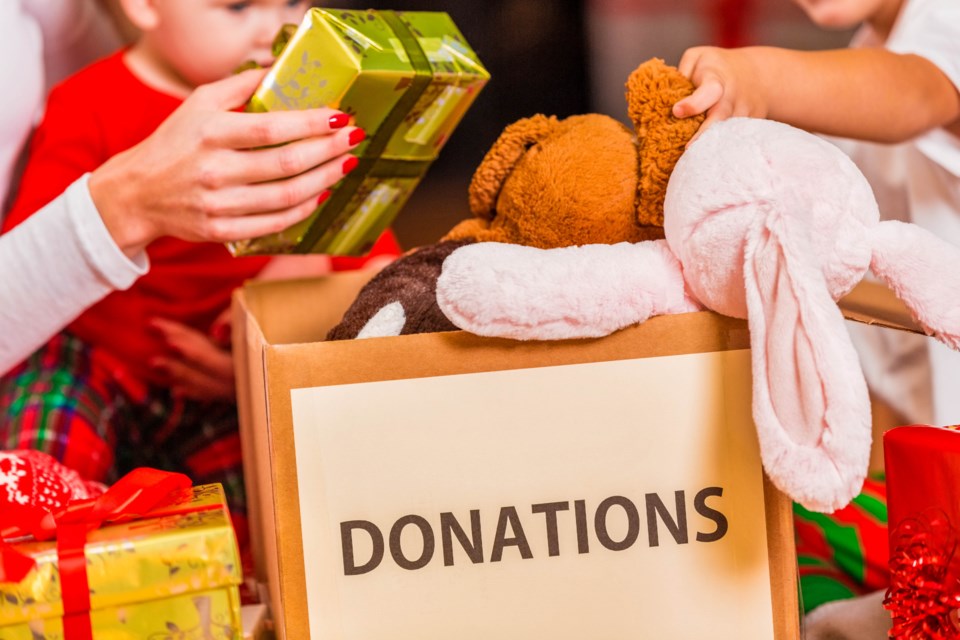As the countdown to Christmas continues, many children are dreaming of all the gifts Santa will bring. But the holidays don't have to be about what is sitting under the tree come Christmas morning. Teaching charitable values can be rewarding for both parents and children, and could become a cherished family tradition.
Sharing the benefits of helping others gives children a sense of empowerment and instills values of generosity and empathy – teaching youth they are part of a larger community and that everyone is responsible for those around them, according to Right Steps Education. By making charity a priority your family, you're encouraging a healthy sense of compassion and a strong spirit of giving.
Researchers have long tried to uncover why we give, and it turns out, charity provides nearly as many benefits to the giver as it does the recipient.
Studies have found a positive relationship to giving and life satisfaction, a link between spending on others leads to lasting improvements in overall happiness, and a connection between engaging in helping behaviours and a reduction in mortality rates compared to those who do not help. These findings are likely related to research that uncovered generosity and co-operation activates an area of the brain called striatum, the same area that responds to pleasure.
Though younger children don't usually realize everyone has an inner self (feelings, ideas and emotions of their own), children around age three or four years old can be introduced to charitable giving as they begin to understand others have feelings and start developing a sense of empathy – the very basis for charity.
Aaron Hanson, director of Development at Shriners for Children Medical Center, told fabric, “The developmental milestone of putting others before oneself is significant and can be a predictor of greater generosity, positivity, perseverance and altruism later in life.”
So, how to involve a pre-schooler in charitable values? Start by modelling generosity, yourself.
Charity is a learned behaviour and parents who want to raise philanthropic children should start by creating an environment where giving is natural and encouraged, according to The Balance. Allow youngsters to see you donating or volunteering, which helps them think of charitable giving as normal and encourages an understanding of what a privilege it is to be able to give.
Games teach charity in a way that makes the process of giving fun.
Role playing can help children better understand why we give, according to The Bump. Real-life examples, such as having the child take on the role of someone they wouldn't share with and exploring how that makes them feel, are great ways to teach important skills and instill empathy.
Brainstorming games involve you and your child listing ideas for taking action and giving back to people they care about – just ensure your child's ideas are actually doable.
Other games include engaging in toy exchanges where children are given a set amount of time to play with one toy before asking them to put it away and switch to a new one, creating a "charity bank" where youngsters can drop your pocket change at the end of the day and discussing how the money will help others, and setting up a box in the home where old clothes or toys can be collected for children in need. For games that are actionable, ensure your child is with you when the donations are dropped off or help is given to others.
Children are like mirrors and will often reflect back what parents do. Making charity a part of daily life ensures that reflection includes a desire to help others.



